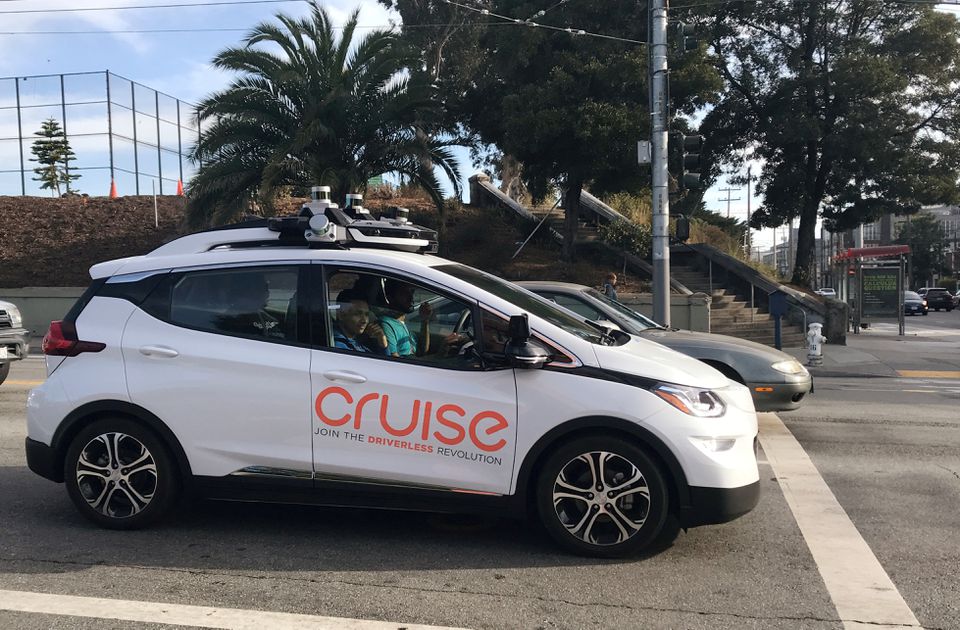SAN FRANCISCO, Nov (Reuters) – The CEO of Cruise, General Motors’ robot taxi unit, on Saturday apologized for the company’s situation following an accident that led to the pause of its self-driving vehicle operations while it conducts a safety review.
In an email to staff reviewed by Reuters, Cruise CEO Kyle Vogt also said the firm would make a new tender offer to allow employees to sell shares, just two days after cancelling an earlier offer.
“I am sorry we have veered off course under my leadership and that this has affected many Cruisers in a deeply personal way,” wrote Vogt in the email to employees.
“As CEO, I take responsibility for the situation Cruise is in today. There are no excuses, and there is no sugar coating what has happened. We need to double down on safety, transparency, and community engagement.”
Vogt also noted that the company’s approach to working with regulators, press and the public “must improve.”
Cruise had said on Thursday that employees would not be able to sell their shares in the buyback program in the current quarter as it undergoes a compensation review.
But Vogt said in his Saturday email that certain employees could a sell a limited number of shares in a one-time opportunity, citing workers’ concerns over tax obligations.
The unlisted Cruise unit introduced the equity program – designed to attract and retain talent – in 2022 to allow current and former employees to sell their vested equity to GM and other investors every quarter.
Suspension of the program sparked backlash from some employees who said they would face heavy tax burdens on the stocks that were vested at a much higher valuation on Oct. 15.
Cancelling the program helped to cut costs for GM after it had to pause Cruise operations.
“We’ve heard your concerns and are developing a plan to conduct a new tender offer that would provide some RSU liquidity to mitigate potential tax obligations,” Vogt said, referring to the restricted stock units, a type of equity compensation.
Vogt did not provide any details on the new offer.
One frustrated employee told Reuters on Saturday: “I’m glad they realized they needed to fix the situation.”
A Cruise spokesperson did not have an immediate comment on Saturday.
In November, the California Department of Motor Vehicles (DMV) ordered Cruise to remove its driverless cars from state roads, calling the vehicles a risk to the public and saying the company had misrepresented the safety of its technology.
Cruise did not initially disclose all video footage of an Oct. 2 accident that involved another vehicle and ended up with one of Cruise’s self-drive taxis dragging a pedestrian, the regulator said.
Cruise has said it showed officials of the California DMV the complete video of the accident multiple times and provided a copy to officials.
Cruise has suspended all robot taxi services in the United States, saying it needs to win back public trust with a full safety review of its vehicles and self-drive technology.
Reporting by Greg Bensinger and Hyunjoo Jin in San Francisco; Additional reporting by David Shepardson in Washington; Editing by Cynthia Osterman and Tom Hogue











